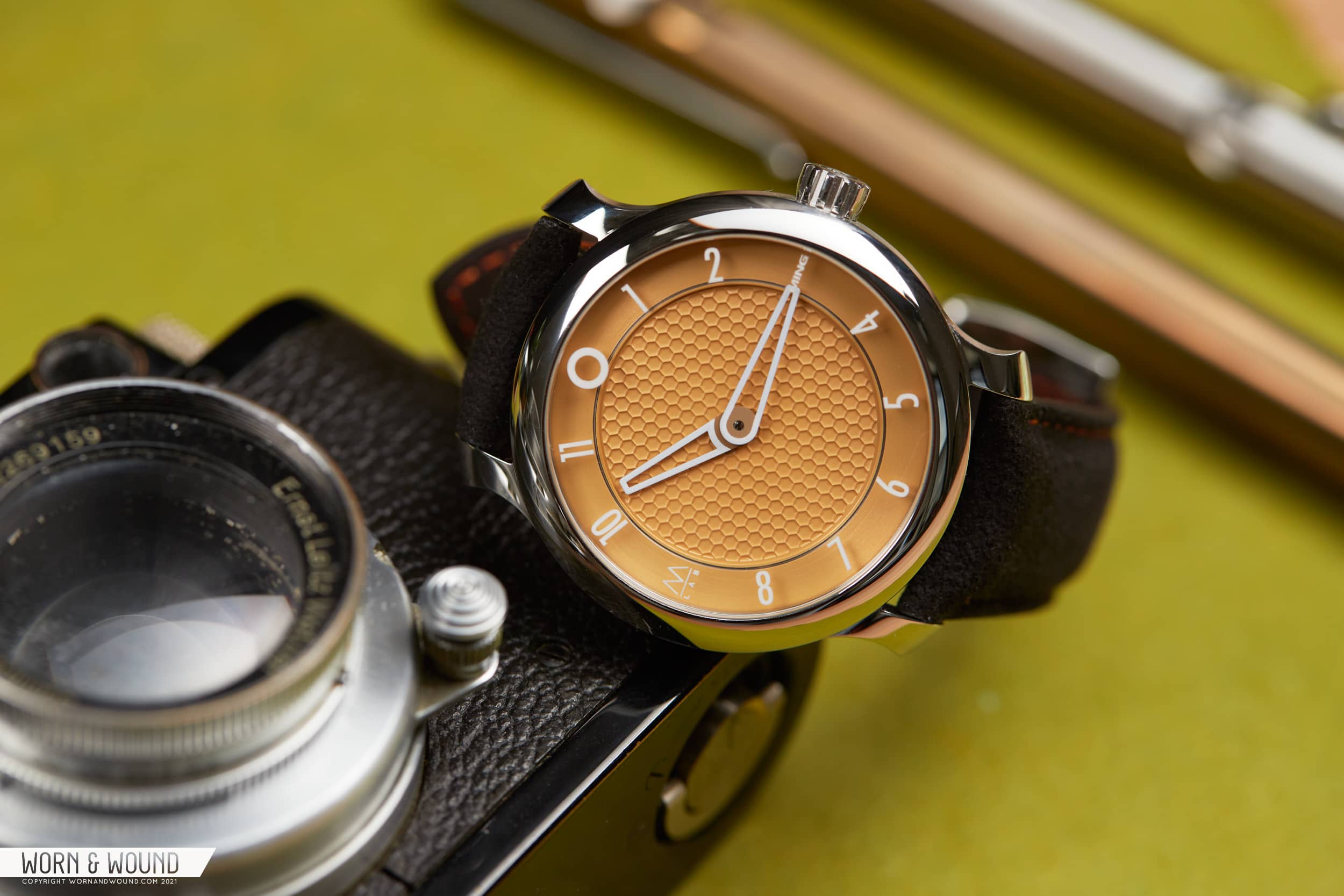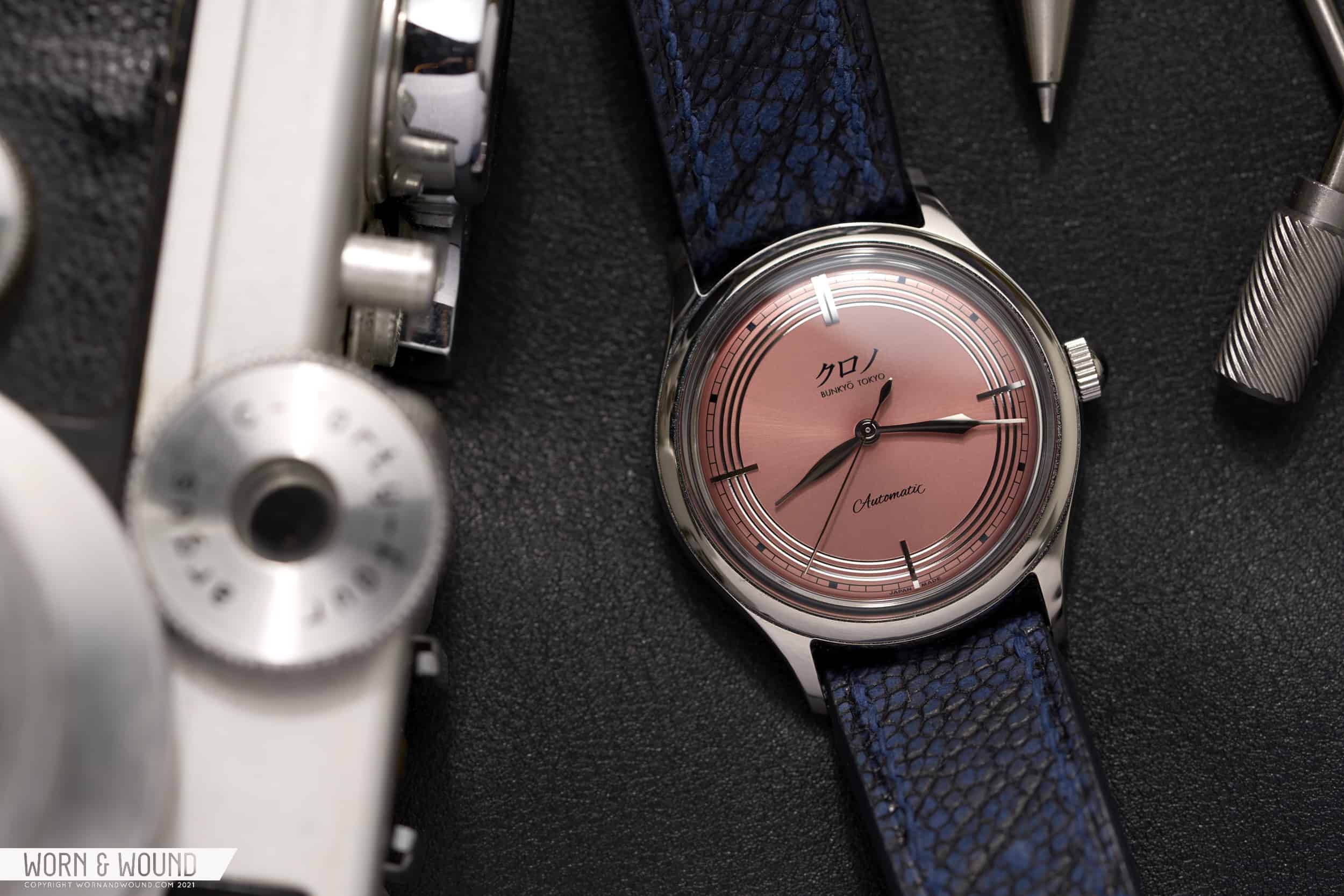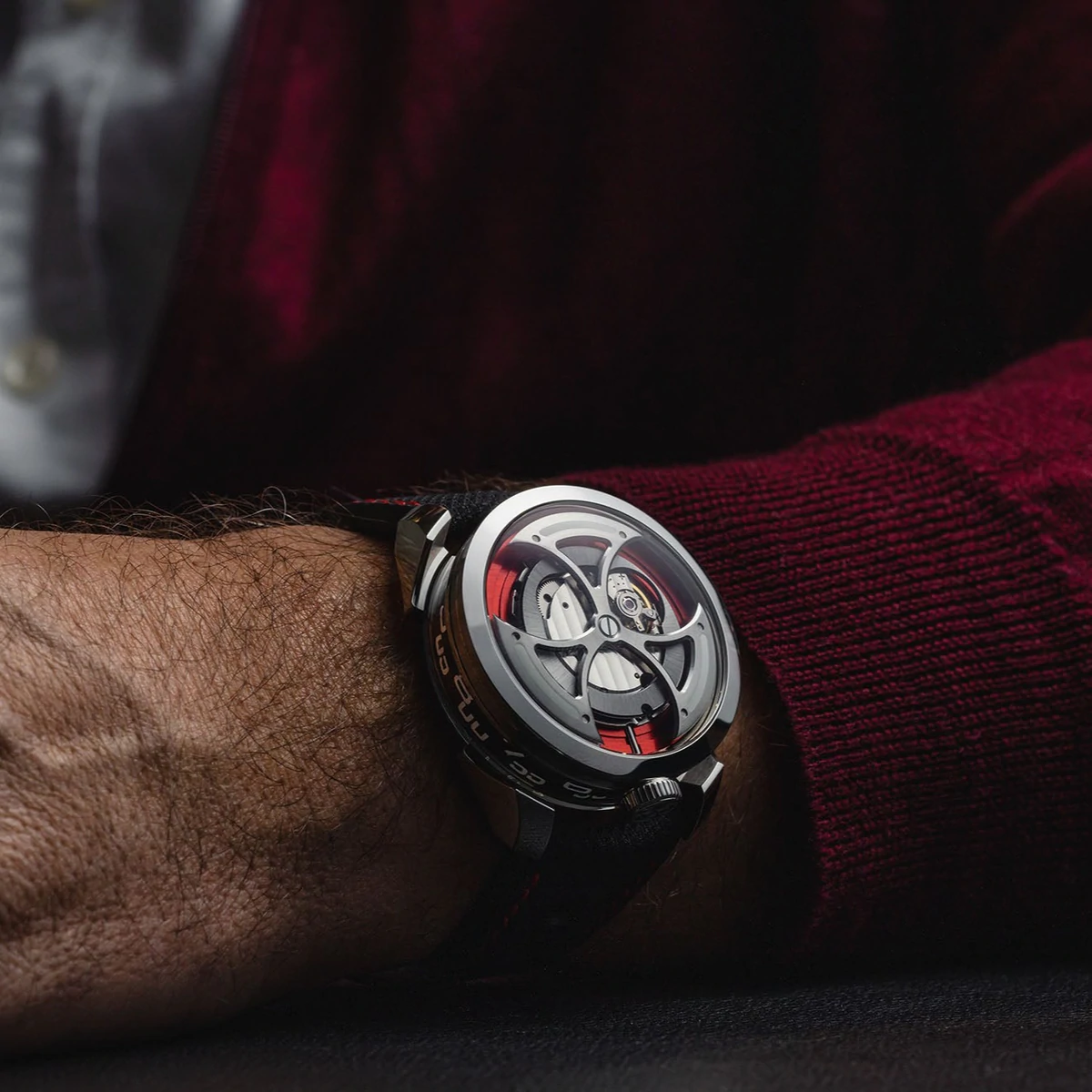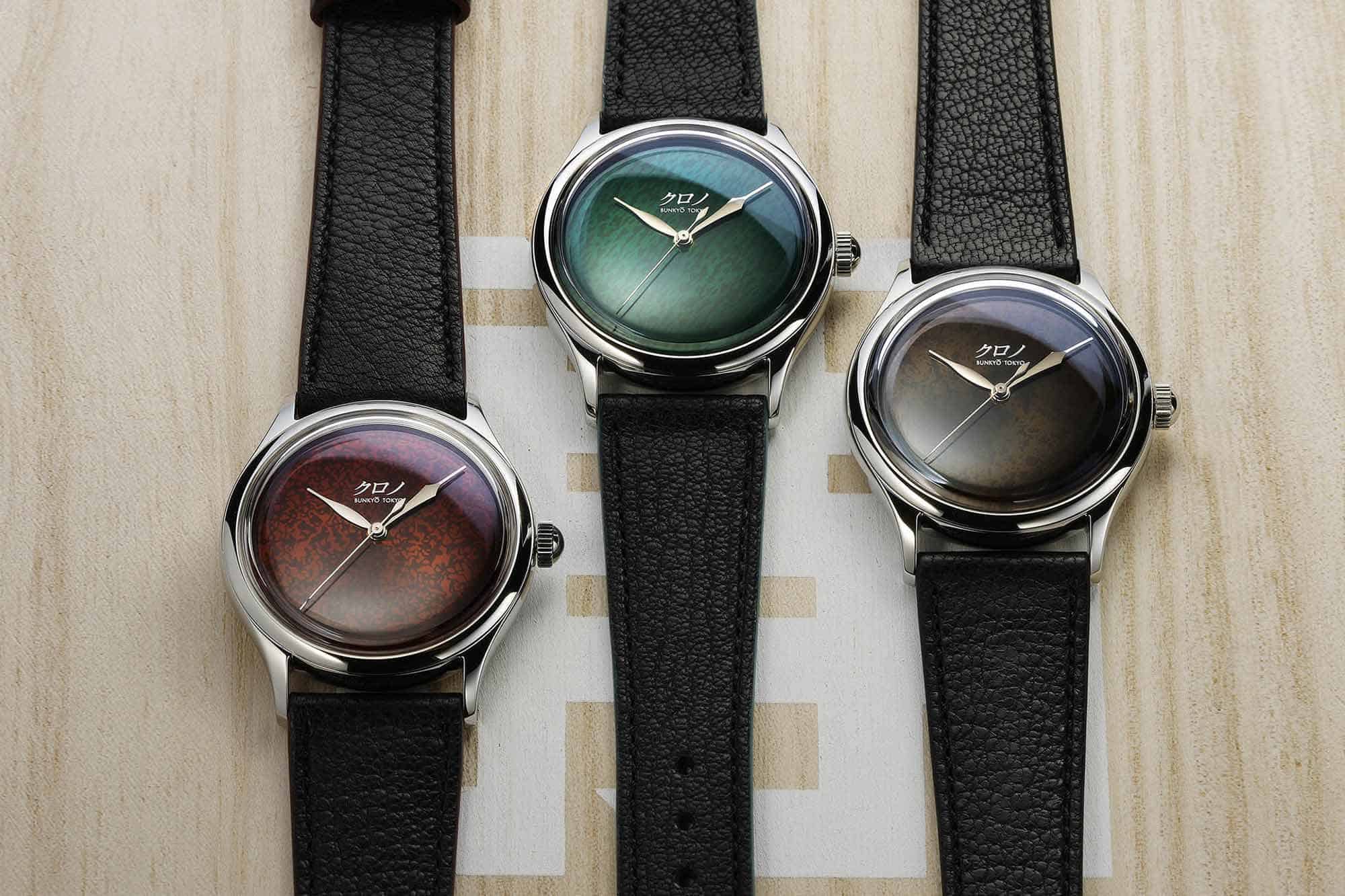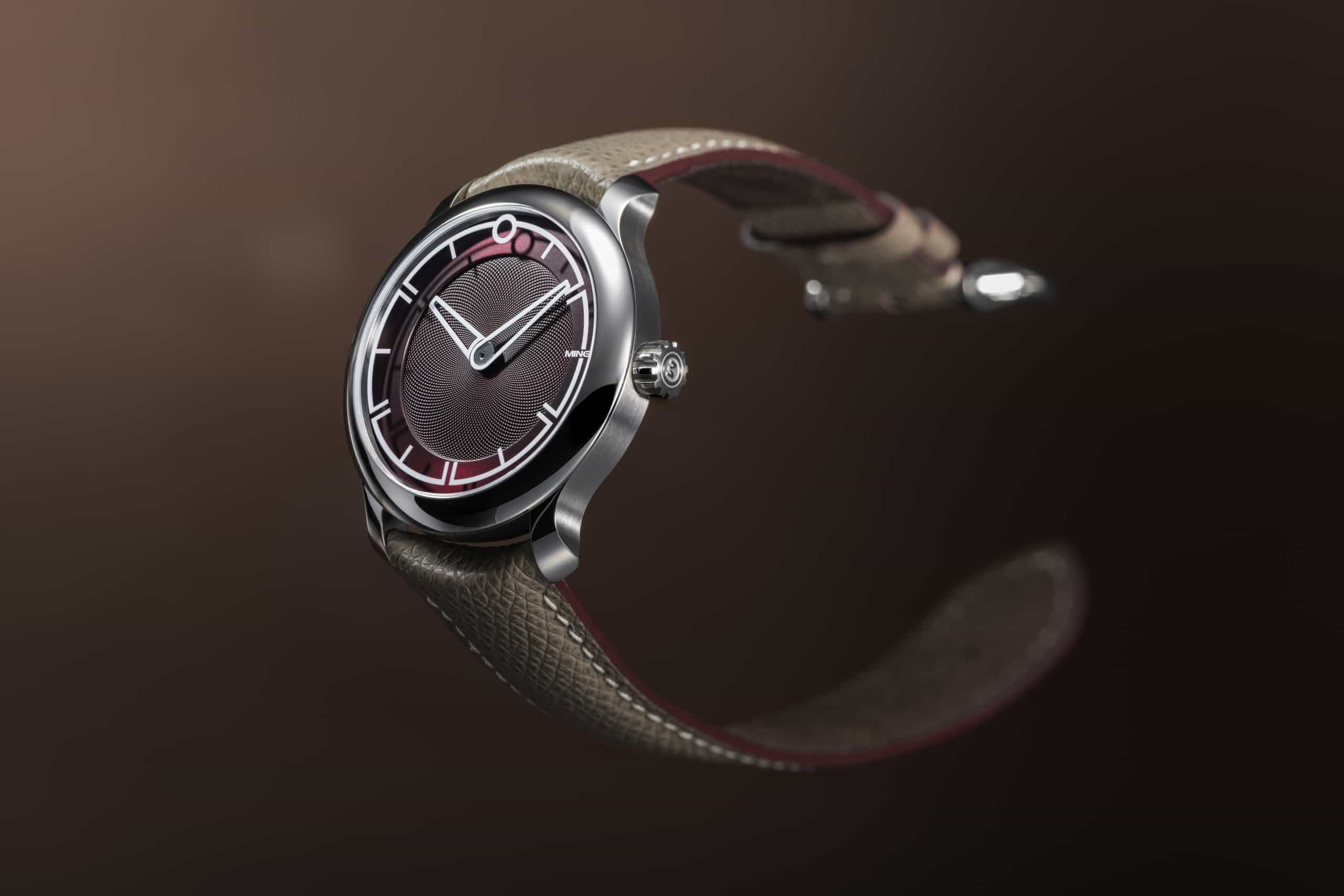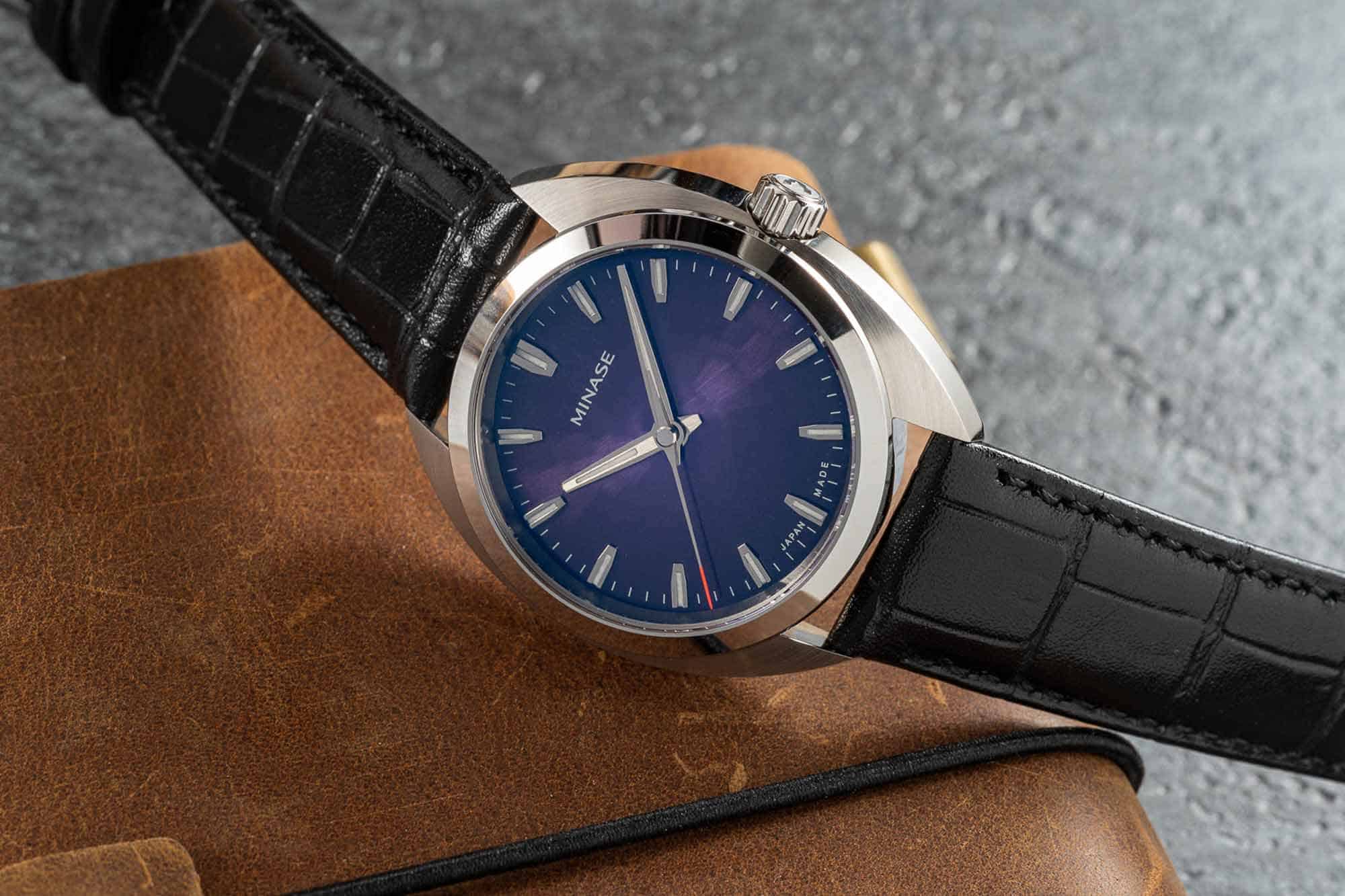I like this approach because it mitigates the all out rush to buy something that you don’t have a ton of familiarity with, which as I mentioned up top is something that feels particularly at odds with how I view watch collecting in general. Drop culture can quickly turn into a game of simply trying to acquire every new product that comes out, which is a rather strange way to go about buying watches, even for the most voracious collectors who are more inclined than not to lay out the cash for something shiny and new. Pumping the brakes by giving customers a few days to consider their purchase allows for everyone to calm down a little, and might go a long way to ensuring that collectors who pony up for the new LE will really value their new watches, and decide to hang on to them for the long haul.
Be Meticulous About Social Media
No matter how much thought and care goes into making a drop fair and enjoyable for everyone, it’s perhaps inevitable that something will eventually go wrong. When this happens, it will almost always be broadcast at full volume on Instagram. It’s where the watch community lives, after all, so the airing of grievances is to be expected. And in any situation where a collector is potentially going to be shut out of buying a watch they’ve decided they must have, you better believe there are going to be grievances.

At this point, it’s important for the brand to not disappear. Sometimes when something fishy happens, a brand or retailer goes silent, allowing for the worst kinds of speculation and rumor mongering to take shape. Instead, transparency should rule the day. If an upset customer is publicly displaying their discontent, it’s important for the brand to have a presence in the comment chain, so that future customers know they aren’t going to vanish when something goes wrong. It sends a message that there are real people at the brand, and that they’re trying their best.
Even more important though is that the brand reps maintaining social media accounts should be gracious and kind. The last thing watch collectors want to see is the brand itself getting defensive and blaming their customer base or a retail partner for a screw up. Remember: someone is mad because they couldn’t give you their hard earned money to buy a watch they absolutely do not need. People skills are important, de-escalation goes a long way.
This year, perhaps more than in years past, there’s been a noticeable shift in the tone of the conversation the watch community is continuously having. It’s not that it’s turned negative, exactly. On the whole, the watch community is still a friendly and inviting place. But when there is toxicity, the level has gone up a notch, and I think a big part of it is the somewhat predictable disappointment that comes with drop, after drop, after drop.

We all want a strong and vibrant watch community that brings new people into the hobby, so generating hype, real or imagined, around new watches is going to play a role in that. But brands, their partners, and people like me who cover it all would do well to remember that the other side of the hype coin is deeply cynical, and that’s not what grows enthusiasm. Fixing drop culture is just one step, but it’s one that benefits the consumer and watch brands, especially in the long term, so hopefully this is something the industry can figure out collectively before we all tear each other’s eyes out on Instagram.









 Featured Videos
Featured Videos




